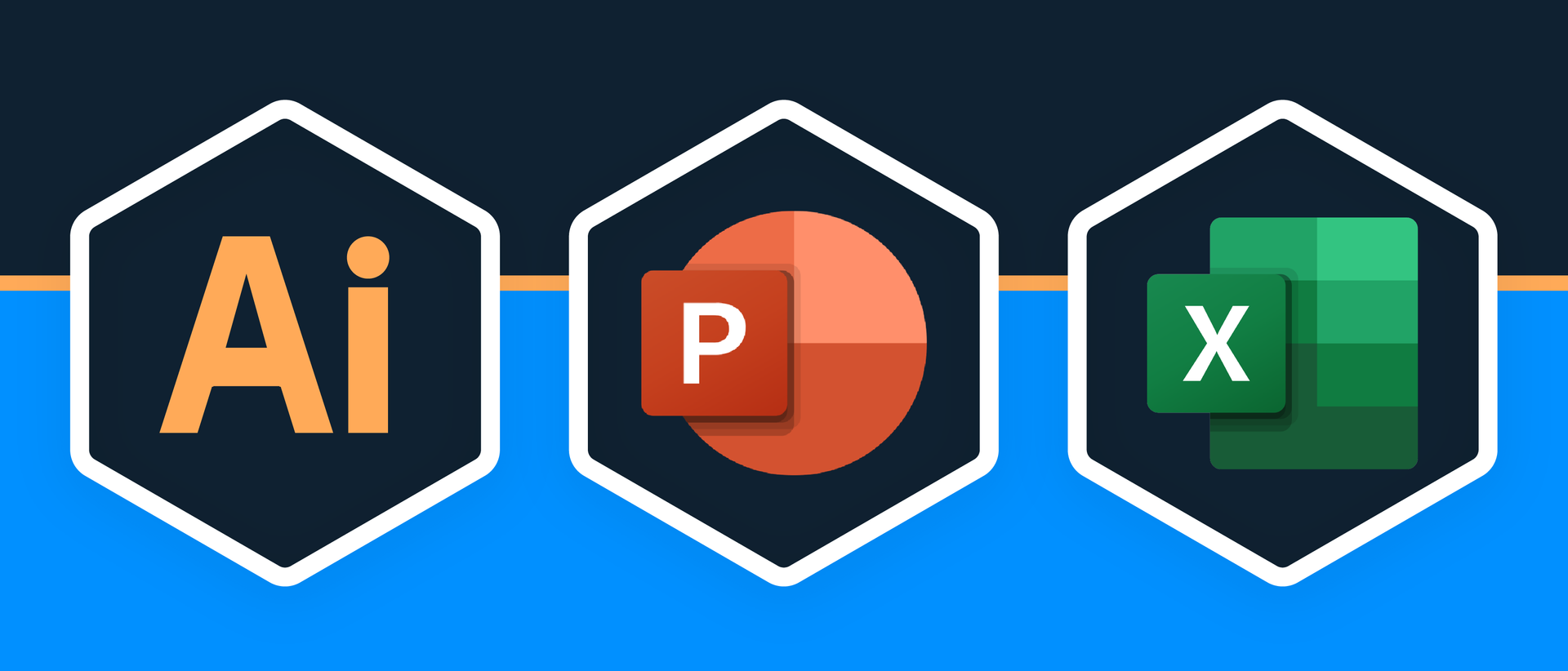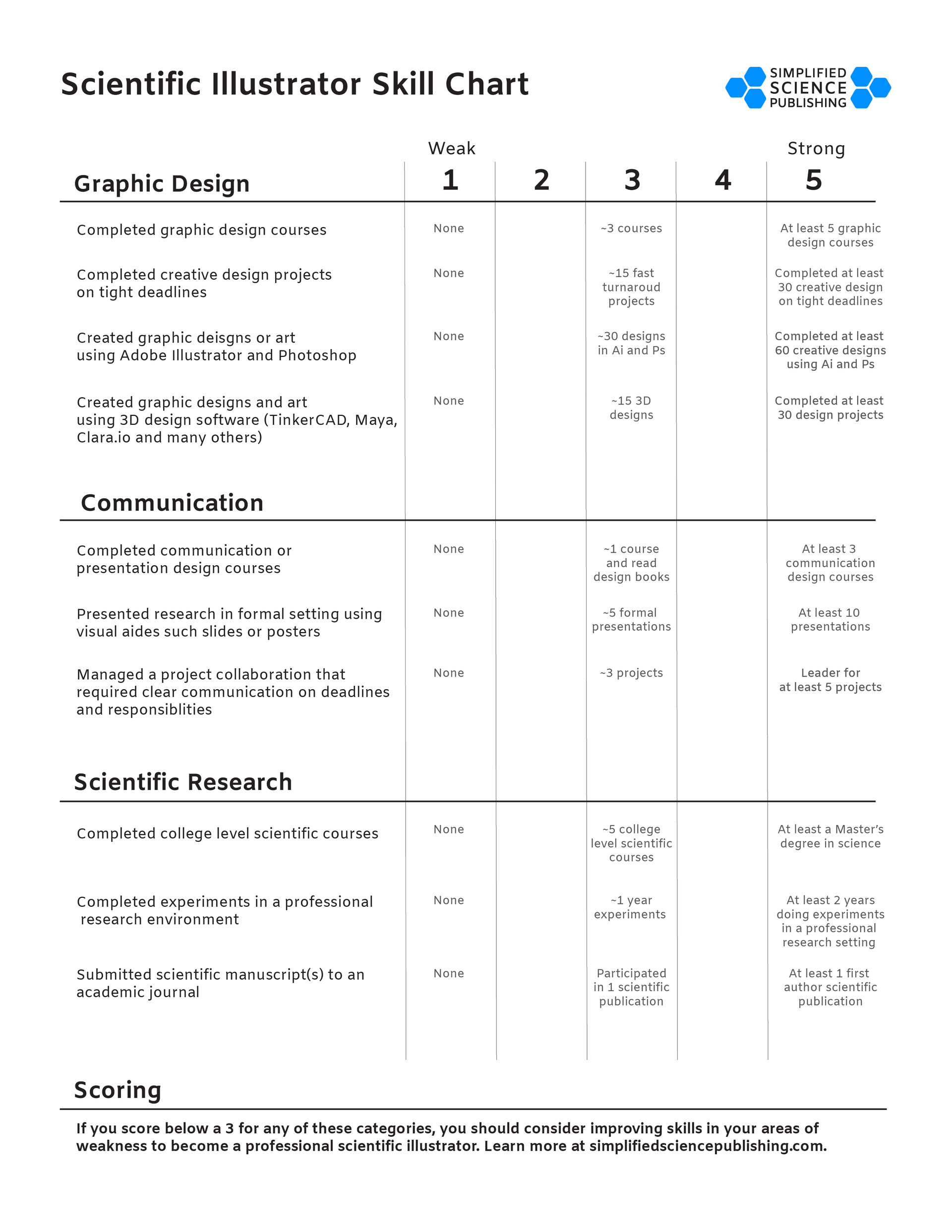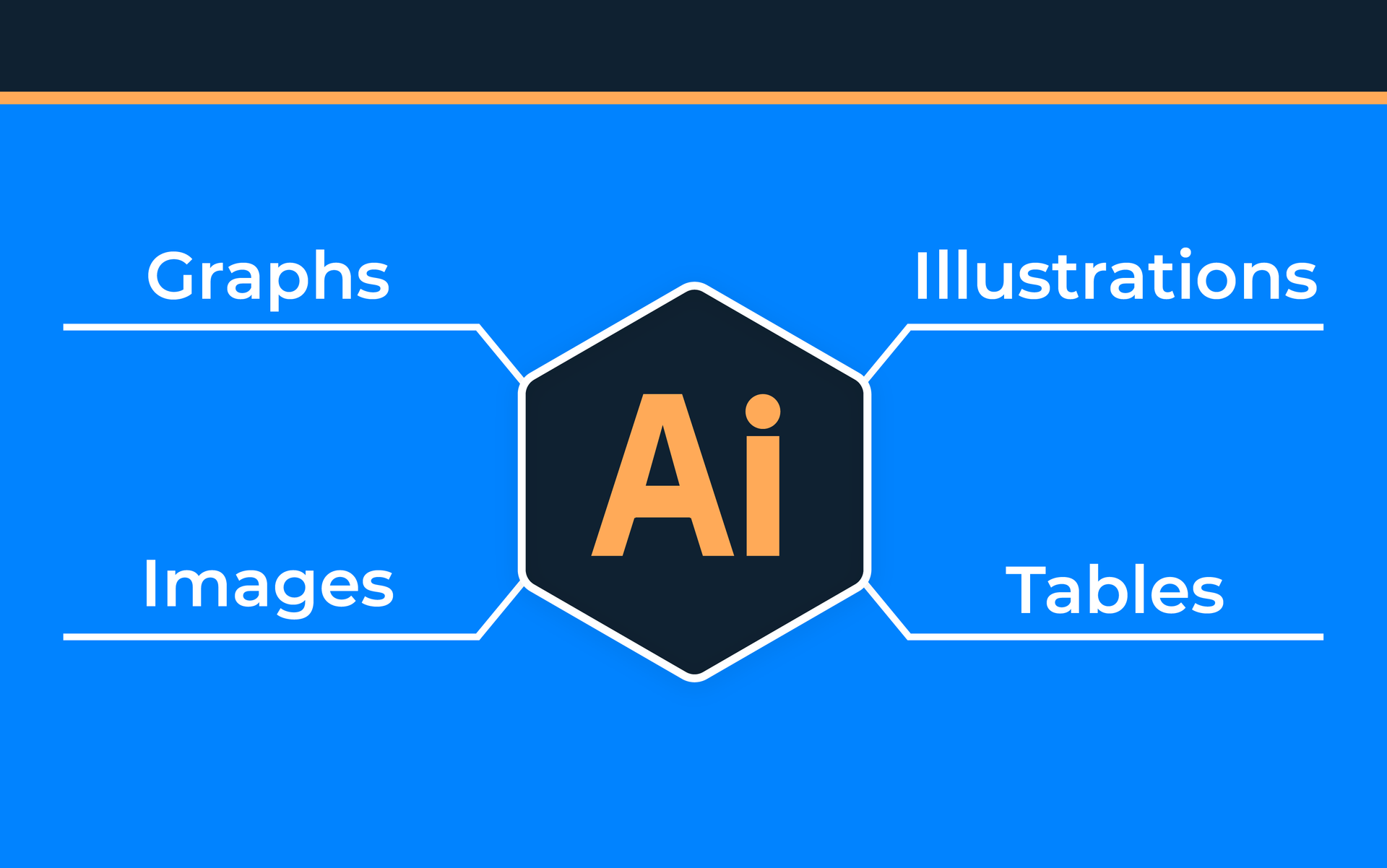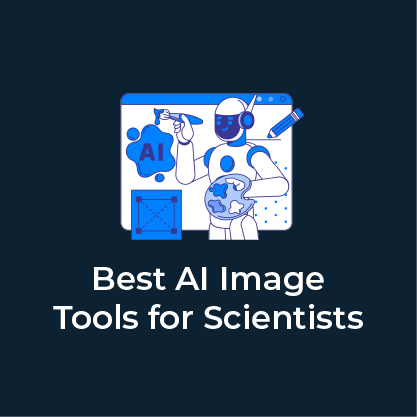How to Become a Scientific Illustrator in 5 Steps
Learn More About Simplified Science PublishingBecoming a scientific illustrator requires skills in graphic arts, communication design, and scientific research.
Scientific illustrators use a combination of artistic and analytical skills to transform complex concepts into engaging graphics. An important starting point for your scientific illustration career is to identify which of the essential skill sets are lacking and then work to improve them until you have enough experience to build an impressive portfolio.
Below are 5 steps that will help you determine what additional training and assets you may need to become a scientific illustrator. There are also practical tips on how to expand your connections in the science industry and options for seeking employment.
STEP 1. Identify your strengths and weaknesses in three skill categories: graphic design, communication, and scientific research
A scientific illustration career requires you to be skilled in understanding scientific concepts, creating engaging and accurate designs on digital platforms, and clearly communicating the main point of complex information. This combination of expertise means that you will need experience in a variety of overlapping disciplines and be able to identify which skill sets you need to improve to be eligible for jobs.
One way to identify your scientific illustration strengths and weaknesses is to list the skills you have and the areas you will need to strengthen for each expertise category. Below is a Scientific Illustrator Skill Chart to help with this exercise and I suggest that you print it and fill it out to assess your skills. By filling out the chart, you will see how your current strengths and weaknesses match up with the expected experience for a successful scientific illustration career. If you mark any of the skill categories with a score less than 3, you should strongly consider seeking additional training to improve your ability to compete in the scientific illustrator job market.
STEP 2. Increase skills in your areas of weakness
After you fill out the scientific illustrator expertise chart or create your own strength assessment, the next step is to increase the skills in your areas of weakness. For example, if you are a scientific researcher who has a Masters or Ph.D., you may need to increase your experience using graphic design software such as Adobe Illustrator and Photoshop and learn more about effective communication design. If you are an artist or graphic designer, you may need to take additional science coursework or participate in seminars designed to train artists to support scientific research. If you are a beginner in all three skills categories, you can consider pursuing a degree from a comprehensive scientific illustrator program.
The recommendations below provide resources on how to strengthen your experience in the three different scientific illustration skill categories: graphic design, communication and scientific analysis.
How to improve graphic design skills
If you need to improve graphic design skills, you can increase your experience by taking on online training courses to learn how to use Adobe Illustrator, Photoshop, and 3D design software. There are many affordable options such as free YouTube videos and training certificate courses via LinkedIn Learning. I am not recommending courses that focus on pen and paper graphic arts skills because even though it is helpful to have these skills, the majority of scientific illustration jobs require you to use your artistic abilities in digital formats. Digital and vector graphic art skills are necessary. Paper media skills are good and translate well into digital art skills, but they are only necessary in some niche positions for medical, geographical and museum illustrator careers.
Below is a comprehensive list of graphic design training options to improve your ability to create impressive digital illustrations. I don’t recommend investing in an expensive comprehensive scientific illustrator training program to improve design skills unless you also have little experience in scientific research or other scientific disciplines.
Graphic Design Training Recommendations:
- LinkedIn Learning has affordable certificate courses for Adobe Illustrator, Photoshop, InDesign, Cinema 4D, and many others.
- Simplified Science Publishing offers online training courses and research illustration templates that help participants create impressive scientific figures and presentations using Adobe Illustrator.
- NYU Health Sciences Library has a great list of recommended Illustrator tutorial links: https://hslguides.med.nyu.edu/illustrator.
- Attend classes at the nearest school that offers Adobe Illustrator and Photoshop courses.
How to improve communication design skills
Communication design is the art of expressing information in a way that grabs attention and provides clear understanding. If you need to improve communication design skills, you can read about best practices from a variety of sources and you can also attend courses or workshops. Below is a list of the recommended resources and classes to improve your presentation and communication design expertise:
Communication Design Training Recommendations:
- Read trusted resources that teach best practices in presentation and communication design such as:
- Slide:ology. The Art and Science of Creating Great Presentations by Nancy Duarte. O’Reilly.
- Presentation Zen. Simple Ideas on Presentation Design and Delivery by Garr Reynolds. Berkeley, New Riders.
- Visualize This:The Flowing Guide to Design, Visualization, and Statistics by Nathan Yau. Indianapolis, Wiley.
- Participate in communication courses and workshops:
- Simplified Science Online Courses
- Coursera Effective Communication Courses
- www.asbmb.org/career-resources/communication-course
- www.aldacenter.org/workshops
How to improve scientific research skills
In order to be a successful scientific illustrator, you will need to understand scientific concepts and be familiar with the field of scientific research. Most projects require that you understand the scientific topic in order to accurately illustrate cell types, biological pathways, physics diagrams, and engineering concepts. You can create good scientific illustrations without having laboratory or field experience, however it may take you longer and cause frustration for your scientific clients if they have to explain every aspect of their research in order to get an accurate final figure design. Below is a list of some recommended science training resources and there are many other creative ways to expand your scientific research and knowledge skills.
Scientific Training Recommendations:
- Earn a master’s or doctorate degree in science. Most opportunities are open to individuals who at least have a Master’s in scientific field.
- Take online or college-level science classes:
- alison.com/courses/science
- www.khanacademy.org/science
- Find community college courses near you.
- Network with scientists in your area and ask if they would be willing to let you shadow their work in a laboratory.
- Find a scientific internship:
- www.internships.com/science
- stemundergrads.science.gov/
- www.aaas.org/careers/internship-opportunities
Comprehensive scientific illustrator training
If you need to strengthen all three skill categories, you can consider applying to a comprehensive scientific illustration degree or certificate program. The upside to this decision is that you will be a desirable candidate for positions in the field and build connections in the industry. The downside to this decision is the cost. According to Glass Door, scientific illustrators have a salary range of $42,000 to $74,000 in a fairly competitive job market. Comprehensive scientific illustrator programs cost upward of $30,000 per year.
Top Academic Scientific, Medical and Biomedical Illustration Programs:
- Johns Hopkins University - Master's (MS) in Medical and Biological Illustration (MBI)
- Augusta University - Master's (MS) in Illustration
- Rochester Institute of Technology - Master's (MFA) in Medical Illustration
- University of Illinois at Chicago - Master's (MFA) in Biomedical Visualization (BVIS) Program
- Arcadia University - Bachelor's (BA) in Scientific Illustration
- Buena Vista University - Bachelor's (BFA) in Scientific Illustration
- Cleveland Institute of Art - Bachelor's (BFA) in Biomedical Art (Medical Illustration)
Certificate Programs:
STEP 3. Build your portfolio
The third step is to build your portfolio. You need to showcase your scientific illustrations to earn a client’s or employer’s trust. The best way to do this is to create a website that highlights your scientific illustration portfolio and provides a description of your freelance services. Even if you don’t have clients yet, you can create illustrations using standard scientific journal styles as part of your graphic design training and practice.

Scientific Illustration Portfolio Tips:
STEP 4. Build your connections
Scientific Illustrator Networking Tips:
- Create a list of companies, institutions, illustrators, and scientists that you are interested in working with and reach out to them with inquiries on meeting up for coffee or a virtual meet-up
- Attend public events associated with local academic research universities and hospitals
- Attend local biotechnology and science networking groups
- Always bring business cards with your name and website address to events, but resist the urge to hand people your business card unless they ask for it
- If you are new to networking, review additional tips from these resources before attending events:
- www.kangan.edu.au/students/blog/successful-networking-tips
- www.entrepreneur.com/article/223468
STEP 5. Become a contractor and apply!
After you have increased your scientific illustration expertise and created an impressive portfolio for your website, the final step is to become an independent contractor and apply for available positions. Becoming a scientific illustrator is an exciting and fulfilling career for people who enjoy translating complex information into engaging designs. Below are resources that can help you take the final step to starting your own scientific illustrator business and finding employment.
How to Become an Independent Contractor:
Scientific Illustrator Job Websites:
Create professional science figures with illustration services or use the online courses and templates to quickly learn how to make your own designs.
Interested in free design templates and training?
Explore scientific illustration templates and courses by creating a Simplified Science Publishing Log In. Whether you are new to data visualization design or have some experience, these resources will improve your ability to use both basic and advanced design tools.
Interested in reading more articles on scientific design? Learn more below:
Content is protected by Copyright license. Website visitors are welcome to share images and articles, however they must include the Simplified Science Publishing URL source link when shared. Thank you!







